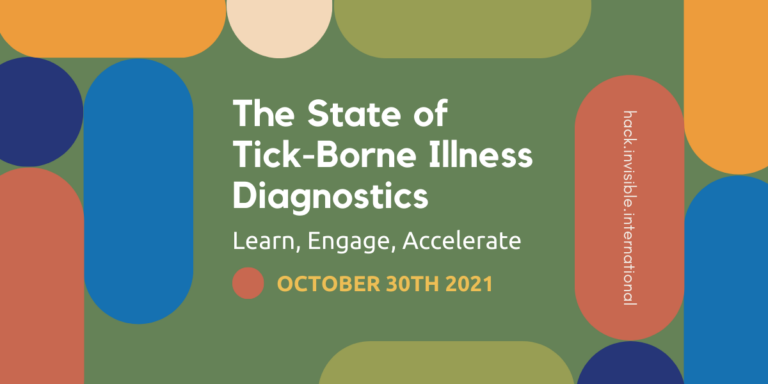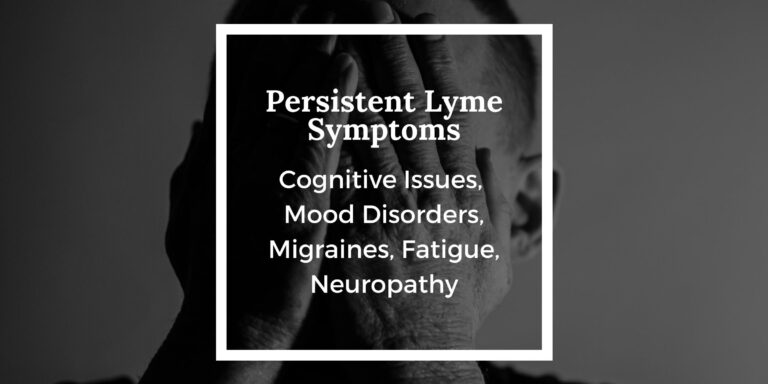Invisible’s New Course on how to diagnose and treat babesiosis
In our new course, “An Introduction to Human Babesiosis,” you’ll learn how to diagnose and treat infections caused by babesia, a malaria-like protozoan parasite that can be transmitted through tick bites, blood transfusions, and organ transplants, or congenitally from mother to fetus. The course is taught by Elizabeth Maloney, MD, the Education Co-director at Invisible, a Minnesota family physician, and the founder/president of Partnership for Tick-borne Diseases Education, a nonprofit providing evidence-based education on tick-borne diseases.
The disease parasite babesia, called babesiosis, lives in red blood cells. It was originally found only in cattle. It crossed over to humans in Croatia in 1956 and in Colorado and Massachusetts in the late 1960s. [1] Recent studies show that this parasite is more prevalent than previously thought, with Babesia microti being found in 1-in-10 of the ticks in southern New England and up to 15% of ticks in Suffolk County (Long Island), New York. [2]
When ticks transmit both Lyme disease and babesia simultaneously, patients are sicker and the resulting disease is harder to treat. [3] Coinfected patients are more likely to have fatigue, headaches, sweats, chills, anorexia, emotional lability, nausea, conjunctivitis, and splenomegaly more frequently than those with Lyme disease alone. The disease can be fatal for patients with damaged or missing spleens.
The course also discusses the global distribution of babesia and a new species of babesia, B. odocoilei, which may be causing unrecognized disease.
“Babesiosis is an emerging infectious disease yet many clinicians have had no or very little training about it. This can lead to missed diagnoses and increased morbidity for patients.” said Dr. Maloney, “unrecognized cases of babesiosis in blood donors have produced transfusion-transmitted cases which carry a significant mortality risk. Informing clinicians about the infection will ultimately improve patient care. The primary goal of this CME offering is for clinicians to include babesiosis in their differential diagnosis, when clinically appropriate.”
Watch the course here.
The Invisible Education Initiative, funded by the Montecalvo Foundation, provides free, accredited Continuing Medical Education (CME) courses that focus on vector-borne and environmental illness within a One Health framework. These courses are available to clinicians and the public. To donate to this initiative and to learn about Invisible International, please go here http://invisibleinter.wpengine.com/give.
References
- Hildebrandt A, Zintl A, Montero E, Hunfeld KP, Gray J. Human Babesiosis in Europe. Pathogens. 2021 Sep 9;10(9):1165. doi: 10.3390/pathogens10091165. PMID: 34578196; PMCID: PMC8468516. https://www.ncbi.nlm.nih.gov/pmc/articles/PMC8468516/
- Sanchez-Vicente S, Tagliafierro T, Coleman JL, Benach JL, Tokarz R. Polymicrobial Nature of Tick-Borne Diseases. mBio. 2019 Sep 10;10(5):e02055-19. doi: 10.1128/mBio.02055-19. PMID: 31506314; PMCID: PMC6737246. https://pubmed.ncbi.nlm.nih.gov/31506314/
- Krause PJ, Telford SR 3rd, Spielman A, Sikand V, Ryan R, Christianson D, Burke G, Brassard P, Pollack R, Peck J, Persing DH. Concurrent Lyme disease and babesiosis. Evidence for increased severity and duration of illness. JAMA. 1996 Jun 5;275(21):1657-60. PMID: 8637139. https://pubmed.ncbi.nlm.nih.gov/8637139/







